At the end of the Blizzard C50 review that we published back in June, I pondered how the Blizzard might handle a blizzard and that has led us here. Today I’m writing about how the Blizzard filled my dance card this summer with a Wren Inverted Fork and how it performed over this past winter(ish) season. This winter has been a bit stingy with the white velvet but I’ve been leveraging what snow has accumulated rather consistently.
This is my Mountain Bike…
Last summer the Blizzard became my geared mountain bike. I mounted a Wren Inverted Suspension Fork and made my way to all of my usual trails. It took a little while, but eventually, I got better at using a dropper this summer. I rode a couple of different wheel and tire combinations on the Blizzard. The mullet set up in the pictures above and below with the Wren fork up front set PR’s at Kettle, Levis, and Camrock shaving a little time off of the Blizzard with a rigid fork’s times from the previous spring. The rear wheel is the stock 27.5 Mulefut Wheel with a Tubeless Maxxis 27.5 x 3.8 Minnion FBR and the front wheel is a 50mm wide Borealis carbon rim with a Tubeless Vee 27.5×3.8 Snowball tire.
The Wren Fork that we mounted is over six years old and It still performs incredibly well. The Wren is easy to work on and hasn’t required any maintenance but I bet it could use some TLC after this summer. I raced the Fall Color Fest on the Blizzard this summer and had a total blast! The Blizzard kept my passion going for the theory that a quality lightweight fat bike is a really fantastic mountain bike.
Soon the seasons changed and I remounted the stock rigid carbon fork to see how the Blizzard with its slack geometry would handle groomed and ungroomed snow.
SLACK in the SNOW
I bet all of my friends are sick of hearing me talk about geometry. I’ve been field-testing the Blizzard for almost a full year now. I said in my dirt review that “the Blizzard is not your father’s Oldsmobile”. I’ve had a handful of fat bikes come through the shop this winter and nothing rides like the Blizzard. Every time that I get on the Blizzard, I’m a little surprised by how much front tire is out there in front of me. That feeling goes away very quickly. Humans have an amazing ability to adapt by fine-tuning the power and balance required to pilot a bicycle. In the case of a fat bike in the snow power and balance have the additional variable of the level of traction available. My point is that the Blizzard feels different but my brain compensates for that difference, quite easily. The question is, is that difference better? On dirt, I think that if your goal is to be able to go faster, the difference in the Blizzard’s slack geometry has been proven to be beneficial. My conundrum over the past two months has been is it better in the snow?
There were two main things that concerned me about the slacker geometry in the snow. The first thing was front-end stability at slow speed. (front wheel flop) The second was front-end traction. (front wheel washout). The blizzard’s geometry makes it handle better and best, the faster that you can make it go. When the going gets slow, the front end can feel like it flops from one side to the other. So you really have to stay in a pretty powerful zone and keep your speed up. Riding ungroomed snow is more challenging than firmly groomed track when it comes to maintaining that kind of wattage and speed. But it’s not impossible. If things do get into slower speeds, I found that I could keep the front end centered by paying more attention until I could get the bike back up to speed. As far as my fears of the front wheel washing out, it never really was any sort of issue. One of the things that the Blizzard allows me to do better than other fat bikes is to leverage my hips and core into the contact patch of both tires for added traction and stability. It’s a partnership between the dropper post and the slacker geometry that makes this thing a ripper.
On dirt, the Blizzard is a better fat/mountain bike than my legacy and current fat bike. On snow, I think that it can be just as much fun as long as it’s in the kind of conditions that we’d all like to be able to ride all of the time (groomed snow). On groomed snow or ice, I think that it’s too close to declare the slack geometry as better or worse – but it might be faster and I don’t consider it any sort of handicap or secret weapon. Rocky Mountain pushed fat bike geometry into a much slacker space than it’s ever been before and I think that ‘fat bikes will be better because of this bike. In five years, I predict that geometry similar to the Blizzard’s will be commonplace. I’d love to see what a world-class mountain bike racer would do with this bike on a trail like Winman or Ringle. I bet they would haul ass!
For backcountry or ungroomed exploring, I think that I would rather ride a more traditional geometry fat bike. Mainly because I lack the wattage to power through fresh snow, especially on climbs. There are (many) times that I want to spin an easy gear (which slows down the speed) and that’s where the Blizzard can feel floppy. The slow-speed handling of a traditional fat bike is balanced and quick to initiate steering corrections. I think that I’ve ridden more panked than groomed snow this winter.

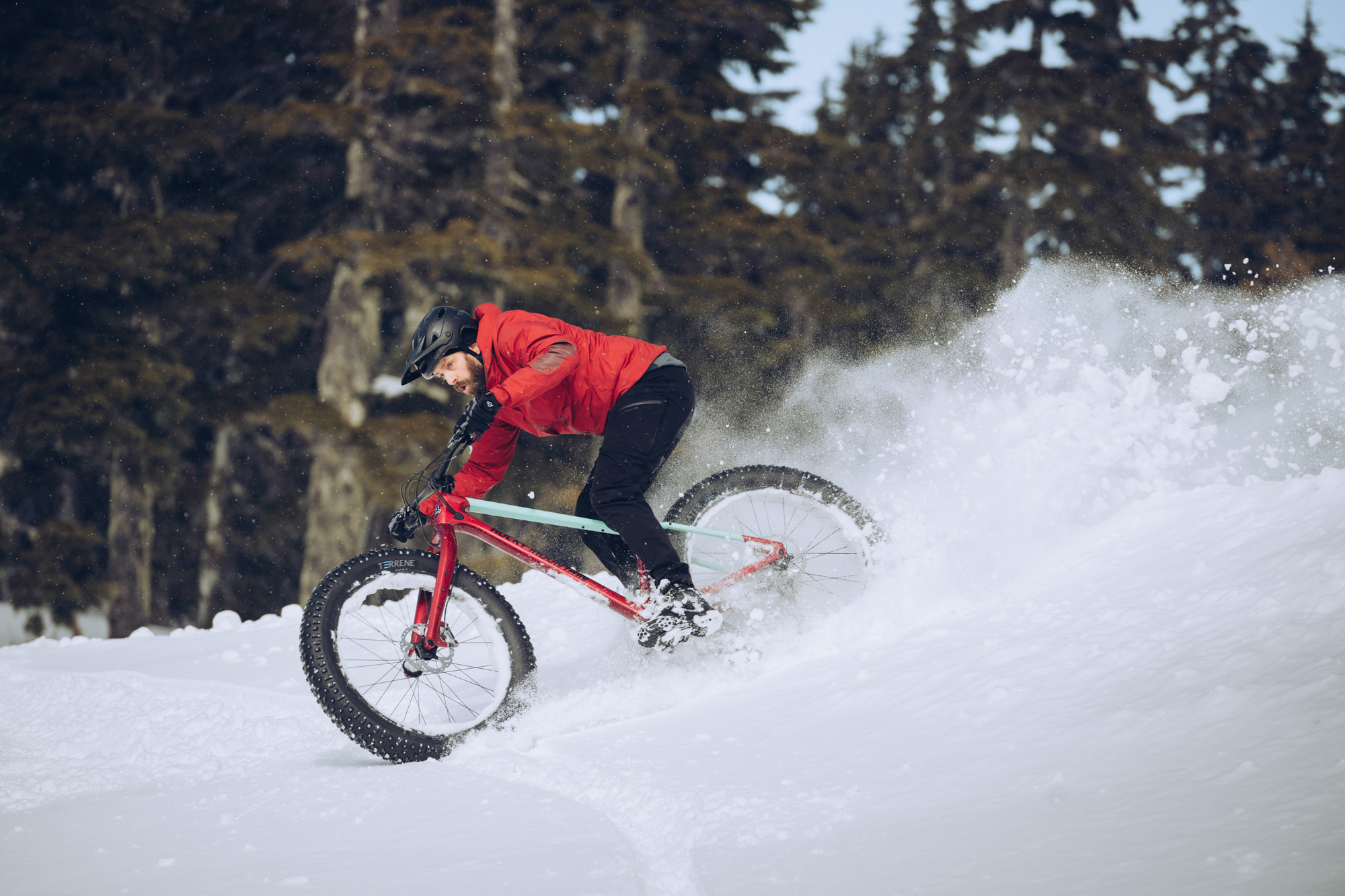

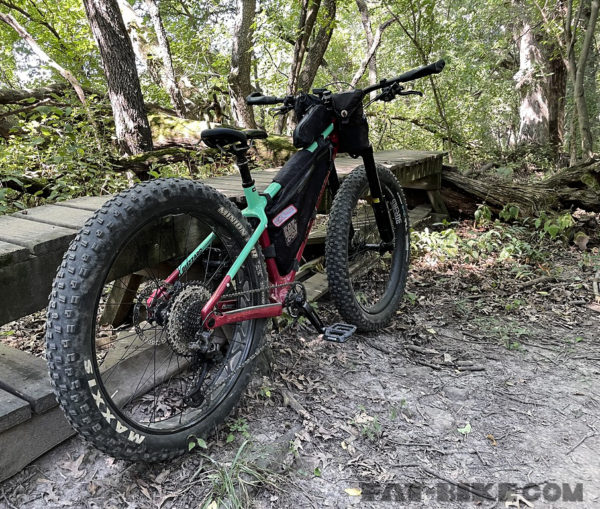
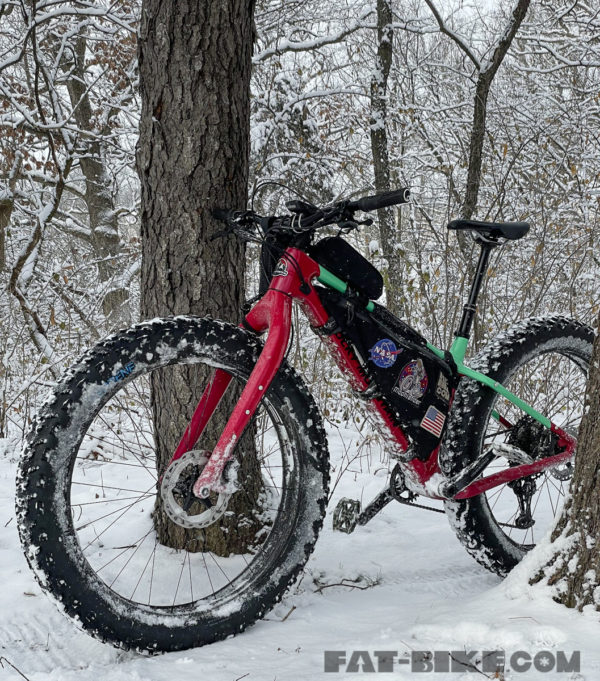
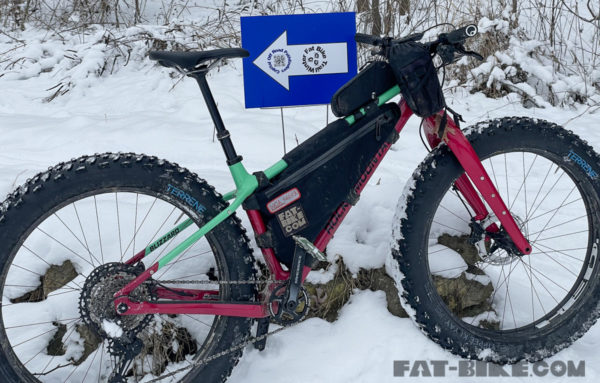
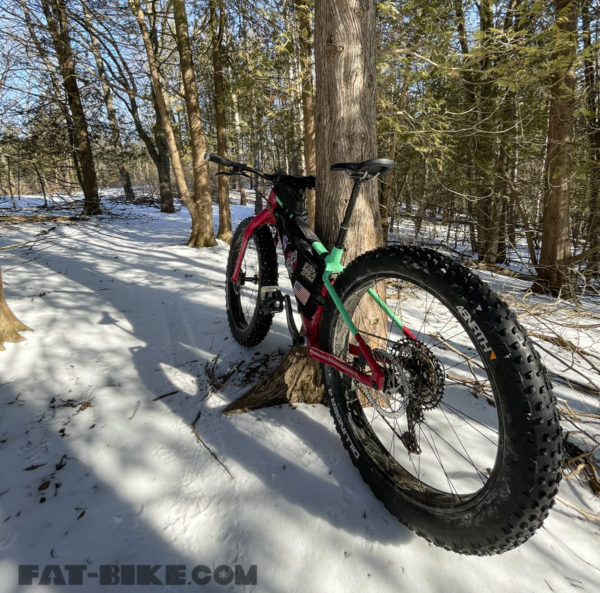
No comments yet.